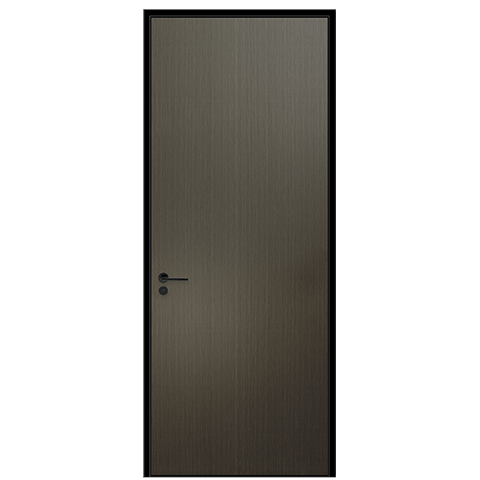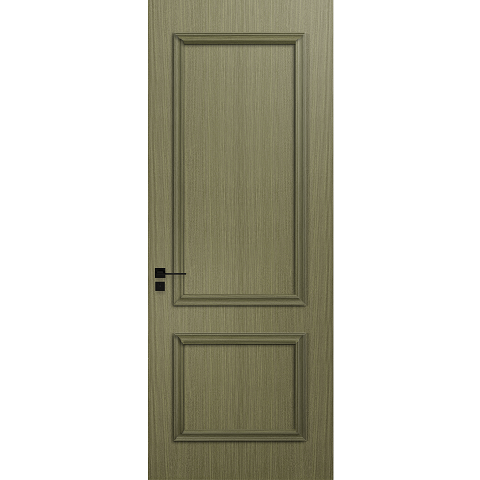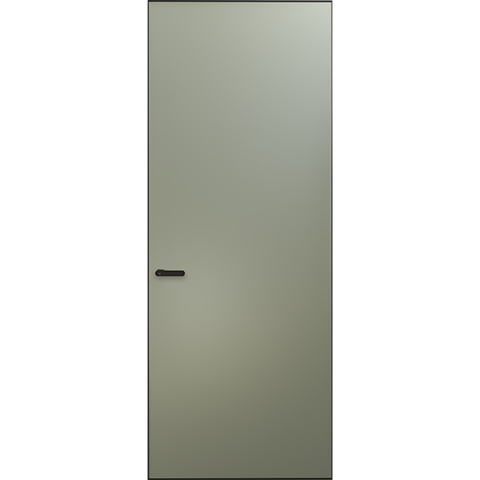The Aesthetic Effect of UPVC Profile in Architecture
In modern architecture, UPVC (unplasticized polyvinyl chloride) profiles have become increasingly popular as a building material for doors and windows due to their many benefits, including energy efficiency, durability, and low maintenance requirements. However, beyond their functional advantages, UPVC profiles can also have a significant impact on the overall aesthetic of a building. In this article, we will explore how UPVC profiles can be used to enhance the visual appeal of a building and create a unique architectural style.
One of the key advantages of UPVC profiles is their versatility in terms of color and texture. While white UPVC profiles are the most commonly used, UPVC profiles can be manufactured in a wide range of colors, including wood grain finishes and metallic finishes. This allows architects and designers to select the color and finish that best complements the overall design concept of the building. For example, a building with a natural, earthy color scheme may benefit from UPVC profiles with wood grain finishes that mimic the look of natural wood, while a building with a modern, industrial style may benefit from UPVC profiles with metallic finishes.
Another advantage of UPVC profiles is their ability to be molded into different shapes and sizes. This allows architects and designers to create unique and custom-designed doors and windows that can enhance the aesthetic of a building. For example, UPVC profiles can be used to create arched or curved windows that add a sense of elegance and sophistication to a building. Additionally, UPVC profiles can be manufactured in a range of thicknesses and depths, allowing for a more dimensional appearance and adding depth to the building’s façade.
In addition to their versatility in color and shape, UPVC profiles can also be used to create a cohesive and unified look throughout a building. By using UPVC profiles for all doors and windows, a building can achieve a more harmonious and consistent appearance. This can be especially effective in large buildings or complexes, where a uniform look can help to create a sense of order and coherence.
UPVC profiles can also be used to create contrast and visual interest within a building’s façade. For example, by using UPVC profiles in a contrasting color to the building’s exterior walls, a building can create a visually striking and memorable appearance. This can be particularly effective in buildings with bold, modern designs, where the use of contrasting colors can highlight the building’s unique features and create a sense of drama.
Finally, UPVC profiles can also be used to enhance the natural lighting within a building. Large windows and doors made from UPVC profiles can allow more natural light to enter a space, creating a brighter and more inviting atmosphere. This can be especially beneficial in areas such as living rooms, dining rooms, and offices, where natural light can improve productivity and mood.
In conclusion, UPVC profiles can have a significant impact on the aesthetic of a building, providing architects and designers with a versatile and customizable building material that can enhance the visual appeal of a building. From color and shape to contrast and lighting, UPVC profiles offer a range of options for creating a unique and distinctive architectural style.
 Hot Recommendation
Hot Recommendation
 Latest Products
Latest Products



